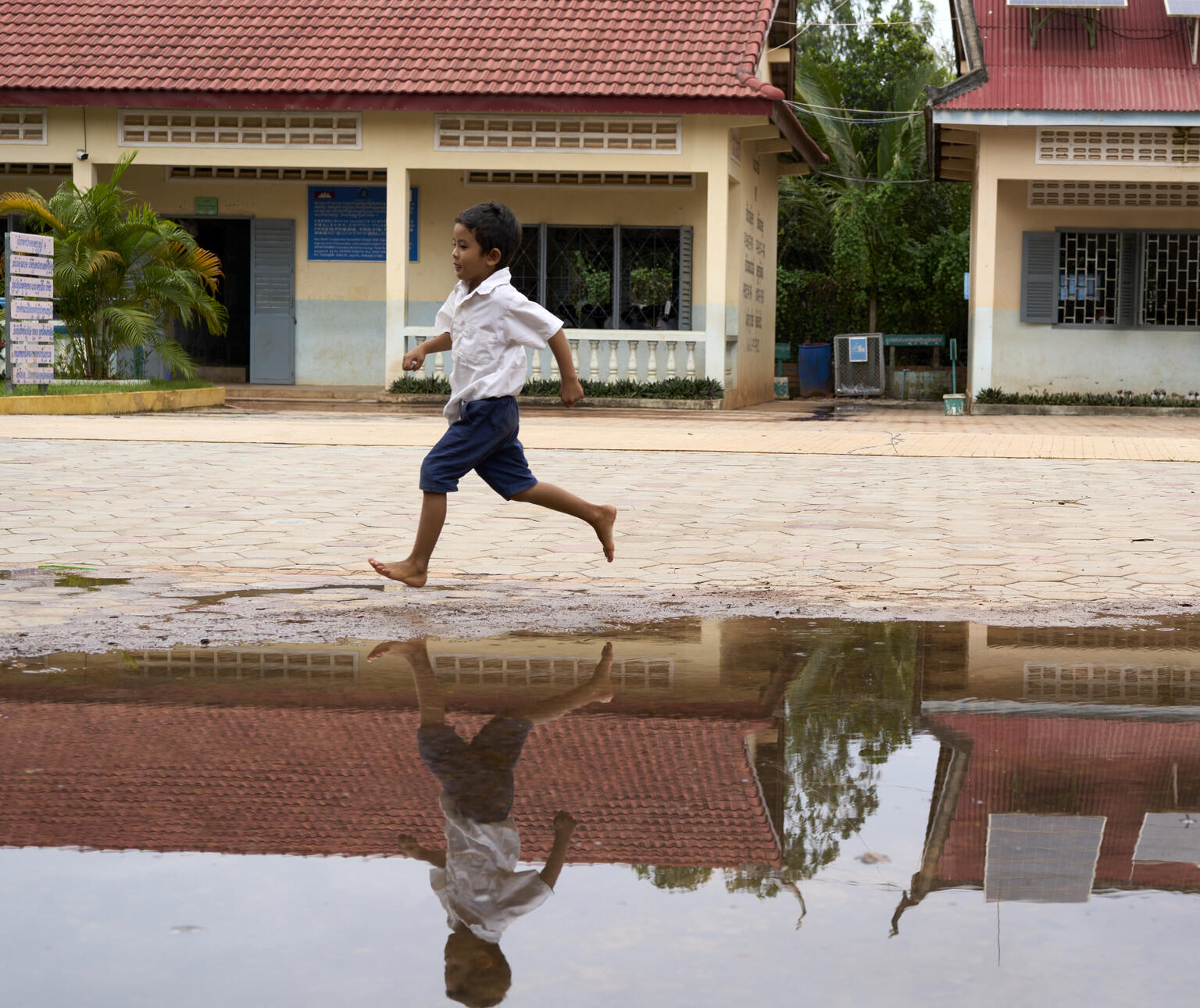Child Climate Risk Index-Disaster Risk Model (CCRI-DRM) subnational risk assessment

UNICEF, national stakeholders and international partners are collaborating on the Children’s Climate Risk Index-Disaster Risk Model (CCRI-DRM) subnational risk assessment to improve the understanding and management of risks that children, young people, families and their communities face from climate, environmental and other natural and human hazards, shocks and stresses and disasters. The CCRI-DRM will include a subnational risk assessment model and interactive geospatial platform that can be used for analysis. The tools build on the global UNICEF CCRI as their main reference.
The subnational child climate disaster risk assessment information is being used for disaster risk reduction (DRR), climate change adaptation (CCA), emergency preparedness and response, and other programme sector-related policies and plans (i.e., health, education, WASH, social protection, child protection, nutrition).
The initial phase of the CCRI-DRM (June 2022-2023) is a partnership between UNICEF and USAID's Bureau for Humanitarian Assistance (BHA). The model is being developed in this first phase by UNICEF and partners in Cambodia, Eastern Caribbean (Antigua and Barbuda and Dominica), Kenya and Somalia.

